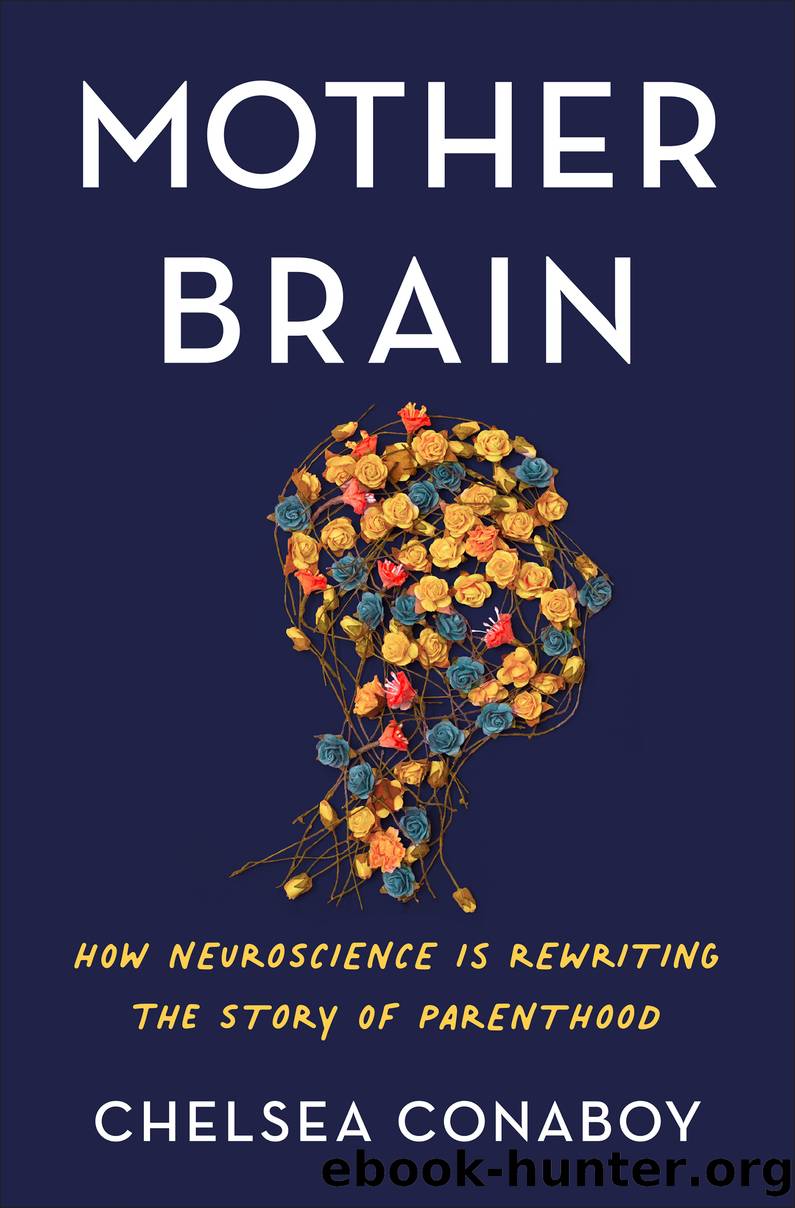Mother Brain by Chelsea Conaboy

Author:Chelsea Conaboy
Language: eng
Format: epub
Publisher: Henry Holt and Co.
* * *
THINK ABOUT STRESS IN THE body and you probably think about cortisol. It has been dubbed the bodyâs âstress hormone,â and so we tend to think that less is always best. If youâve been following along here, you know what Iâm about to say: thatâs not quite right.
Cortisol is produced when a stressful situation triggers a system that includes the hypothalamus, the pituitary gland that sits just below the hypothalamus, and the adrenal glands perched atop the kidneys. This is the HPA axis. It is the bodyâs control center for responding to stress, and it is also molded over time by exposure to acute and chronic stressors. Cortisol produced by the adrenal glands increases blood glucose levels and makes sure the body has the energy it needs to respond to a challenge or to maintain a high alert. But, like the HPA axis generally, it is involved in many more processes in the body related to adapting to a changing environment, in conditions we might consider very stressful or very ordinary.
Cortisol levels are generally cyclical, higher in the morning and declining toward the evening. They also vary minute by minute, in response to the stimuli we encounter as we move through the day. This kind of multilevel variation is an important facet of cortisol. Cortisol is a change agent, involved in memory, immune response, and quite literally getting out of bed in the morning. It also seems to play a fundamental role in the processes of neuroplasticity and learning. In people with chronic stress or major depressive disorder, the daily cortisol rhythm may flatten or show extreme spikes and a slow recovery to lower levels. One researcher told me cortisol is the âcurrencyâ of stress. Like a glut of cash in the economy, dysregulation of cortisol affects neural systems in complex ways.
Psychiatric disorders related to chronic stress are thought to cause atrophy in the hippocampus in humans. Because the hippocampus is part of a feedback loop regulating HPA activity, stress can create a cascading effect, with impairment of the hippocampus leading to further dysregulation of the brainâs stress response. Antidepressant medications may work partly by reversing volume reductions in that brain region. Meanwhile, the effect of stress on the amygdalaâthat salience detectorâis just the opposite. In humans and in other animals, stress and stress-related disorders have been correlated with both greater volume and increased activity in the amygdala, which could be linked to increases in fear and anxiety.
A lot of what we understand about stress and the brain can be traced back to the work of neuroscientist Bruce McEwen, a giant in his field who died in 2020. McEwen and his colleagues were the first to show that the rat hippocampus had receptors for corticosterone, which is the primary glucocorticoid in rodents and considered more or less an analog to cortisol in humans. That meant the stress hormone circulating in the body made its way into the brain. The researchers went on to detail how corticosterone shapes neuroplasticity in that brain region and elsewhere.
Download
This site does not store any files on its server. We only index and link to content provided by other sites. Please contact the content providers to delete copyright contents if any and email us, we'll remove relevant links or contents immediately.
Spare by Prince Harry The Duke of Sussex(5132)
Navigation and Map Reading by K Andrew(5131)
Tuesdays with Morrie by Mitch Albom(4725)
Machine Learning at Scale with H2O by Gregory Keys | David Whiting(4256)
Cracking the GRE Premium Edition with 6 Practice Tests, 2015 (Graduate School Test Preparation) by Princeton Review(4246)
Never by Ken Follett(3875)
Goodbye Paradise(3760)
What It Really Takes to Get Into Ivy League and Other Highly Selective Colleges by Hughes Chuck(3715)
Harry Potter and the Prisoner of Azkaban (Book 3) by J. K. Rowling(3322)
Fairy Tale by Stephen King(3305)
Pledged by Alexandra Robbins(3152)
Kick Ass in College: Highest Rated "How to Study in College" Book | 77 Ninja Study Skills Tips and Career Strategies | Motivational for College Students: A Guerrilla Guide to College Success by Fox Gunnar(3095)
A Dictionary of Sociology by Unknown(3044)
Sapiens and Homo Deus by Yuval Noah Harari(3025)
Reminders of Him: A Novel by Colleen Hoover(3003)
The Social Psychology of Inequality by Unknown(2985)
Graduate Admissions Essays, Fourth Edition: Write Your Way into the Graduate School of Your Choice (Graduate Admissions Essays: Write Your Way Into the) by Asher Donald(2890)
Will by Will Smith(2871)
Zero to Make by David Lang(2753)
